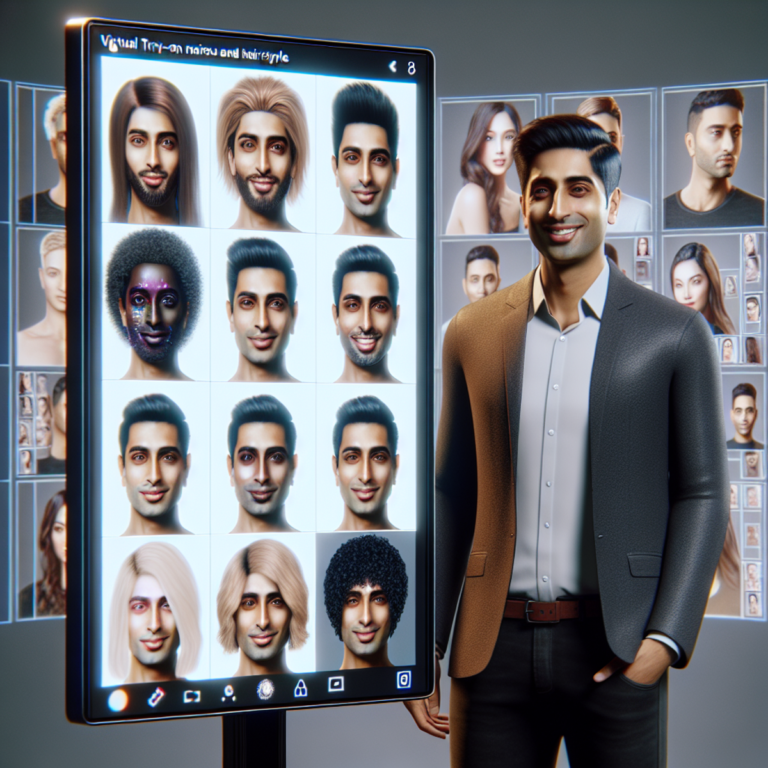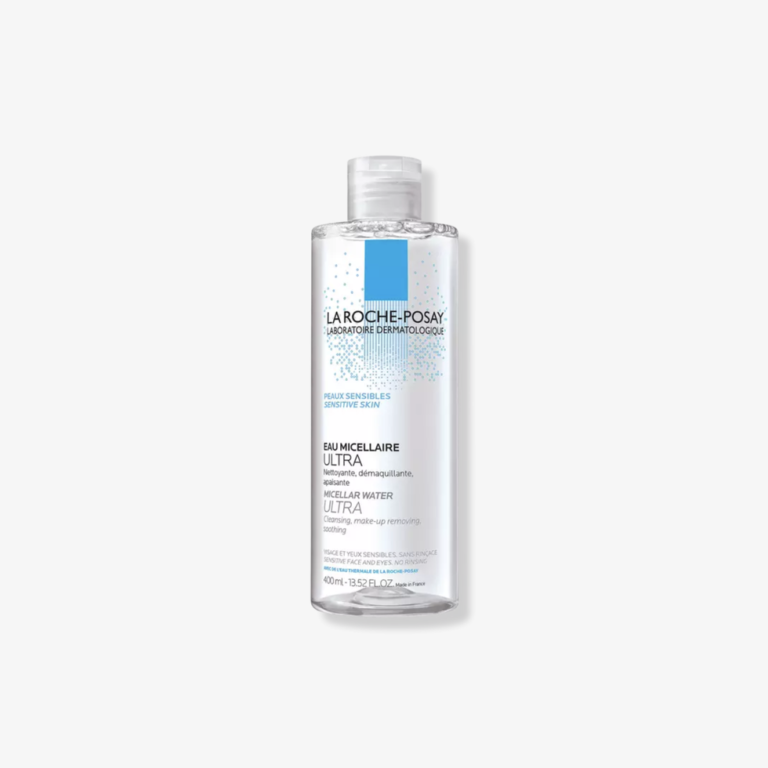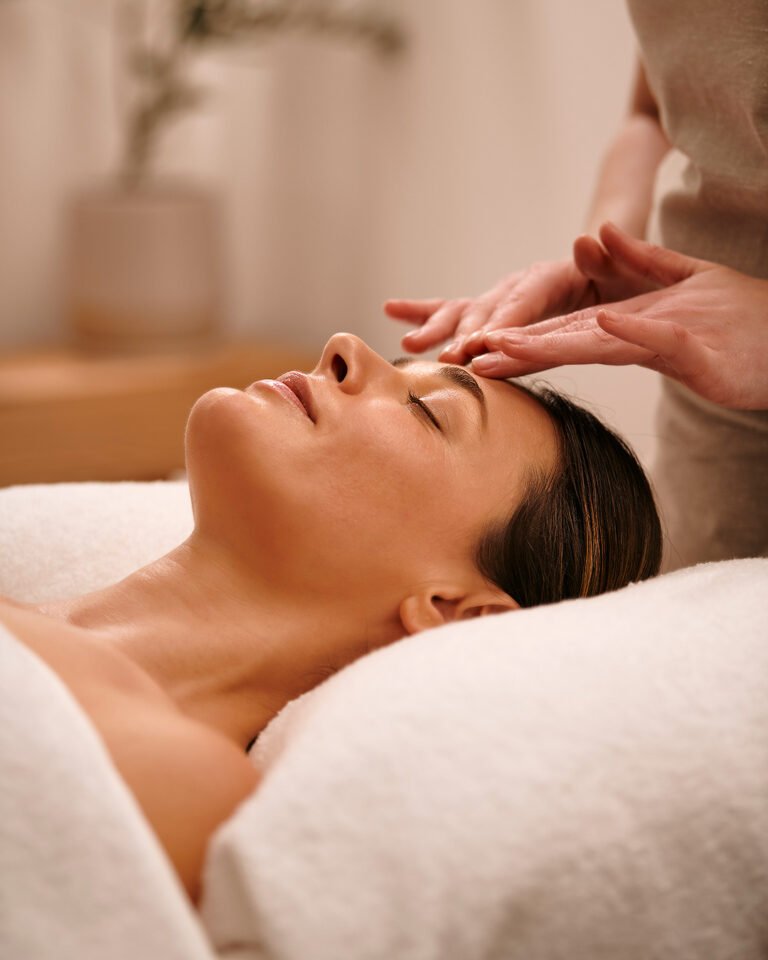Long-Term Effects of Microblading To Consider Before You Commit

Introduction
Microblading is a cosmetic procedure that involves the application of tiny, semi-permanent tattoos to the brow area, simulating the appearance of individual hairs. This technique is widely known for its immediate enhancement of eyebrow shape and fullness. However, it is crucial to delve into the long-term effects of microblading before committing to the treatment.
Key Takeaway: In this article, we will explore the potential long-term effects of microblading that you should consider before undergoing the procedure.
Understanding these effects is vital in making an informed decision about whether microblading is the right choice for you. It’s essential to weigh the benefits against the possible risks and long-term maintenance requirements associated with this cosmetic enhancement.
1. Risks, Side Effects, and Potential Complications Arising From Microblading
Microblading offers immediate cosmetic benefits, but it’s important to know that there are also risks and potential complications involved. Before deciding to get microblading done, it’s crucial to understand these factors:
Infection
The risk of bacterial infection in the treated area is a crucial concern associated with microblading. Proper aftercare practices play a pivotal role in preventing infection and ensuring the healing of the microbladed brows. It’s important to follow the aftercare instructions provided by the professional to minimize this risk and promote safe healing.
Allergic Reactions
Undergoing a patch test to check for any allergies before the procedure is essential. Allergic reactions to the pigments used in microblading can lead to significant discomfort and potential health issues. By conducting a patch test, individuals can identify any adverse reactions beforehand and make informed decisions about proceeding with the treatment.
Brow Shape Mishap
There is a potential for eyebrows to become misshapen or asymmetrical after microblading. Correcting misshapen brows presents challenges, as immediate adjustments may not always be feasible. It’s important for individuals to understand the possibility of asymmetry and consult with their microblading artist about realistic expectations and potential solutions in case of brow shape mishaps.
Persistent Discoloration
Pigmentation changes are another consideration when evaluating the long-term effects of microblading. Long-term discoloration of the brows may occur, leading to dissatisfaction with the results. Understanding the possibility of persistent discoloration can help individuals make informed decisions about pursuing microblading and managing their expectations regarding potential outcomes, including how long the effect lasts.
By being aware of these potential risks and complications, individuals can approach microblading with greater caution and understanding, ensuring they are well-prepared for the journey ahead.
2. Understanding the Healing Process and Long-Term Maintenance Requirements
After undergoing microblading, it’s crucial to understand the healing process and the long-term maintenance requirements to ensure the best possible results. Here, we will explore what happens during the healing journey after microblading, the expected time for your brows to fully heal, how the pigment may lighten over time, and the significance of regular touch-up sessions.
What happens during the healing journey?
The healing process of microblading is crucial for achieving optimal results. Immediately after the procedure, you can expect some redness, swelling, and tenderness in the treated area. This is completely normal and will subside within a few days.
Over the next week or two, scabs will form on your eyebrows as part of the natural healing process. It’s vital not to pick or scratch these scabs as doing so can lead to pigment loss and potential scarring. Allow them to naturally slough off on their own.
Time for your brows to fully heal
It typically takes around 10-14 days for your brows to fully heal after microblading. During this time, it’s essential to follow proper aftercare instructions provided by your microblading artist from https://microbladingla.com/after-care. This may include avoiding excessive sweating, sun exposure, swimming pools, saunas, and applying any ointments or creams recommended by your artist.
Throughout this healing period, you may notice that your brows appear darker than you expected. Don’t worry – this is normal! The initial pigment applied during microblading will oxidize as it interacts with the air and skin cells. As a result, your brows may appear darker or bolder initially.
Lightening of pigment over time
It’s important to note that after the initial darkening phase, the pigment of your microbladed brows will gradually lighten over several weeks. This lightening is due to a combination of factors such as the natural exfoliation of your skin and the breakdown of the pigment within the deeper layers.
The final color of your microbladed brows may differ from the immediate outcome. It’s essential to be patient and allow the healing process to take its course. The true color of your brows will become more apparent after the healing period, usually around four to six weeks post-treatment.
Regular touch-up sessions for long-term maintenance
To maintain the desired look and extend the longevity of your microbladed brows, regular touch-up sessions are necessary. These touch-ups are typically recommended every 12 to 18 months, depending on various factors such as your skin type, lifestyle, and how well you follow aftercare instructions.
During touch-up sessions, your microblading artist will assess the condition of your brows and make any necessary adjustments. This ensures that your brows continue to look natural and well-defined over time. Touch-ups also help to address any fading or lightening of the pigment, keeping your brows looking fresh and vibrant.
Remember, investing in regular touch-ups is crucial for maintaining the desired shape and color of your microbladed brows in the long term. It’s an ongoing commitment that ensures you always have beautifully defined eyebrows. And if you’re a man considering microbl
3. Duration: How Long Do Microbladed Brows Really Last?
When you’re considering getting microblading done, it’s crucial to have a realistic understanding of how long the results can last and the factors that can influence their durability.
Managing Expectations
Microblading, performed by a skilled professional and with proper aftercare, can typically last up to a year before requiring a touch-up. However, it’s important to note that individual experiences may vary, and there are certain aspects that can affect how long your microbladed brows will retain their appearance.
Influencing Factors
Several factors come into play when determining the longevity of microbladed brows:
- Skin Type: The type of skin you have can impact how well the pigment holds. For instance, individuals with oily skin might experience more rapid fading.
- Aftercare: Adhering to the aftercare instructions provided by your technician is crucial in ensuring that your microblading lasts as long as possible. Neglecting proper care could lead to premature fading or other issues.
Natural Fading Process
Over time, the microbladed pigment will naturally fade as it is broken down by your body. This process varies for each person and can be influenced by factors such as sun exposure, skincare products used on your brows, and the speed at which your skin regenerates.
“The duration of microblading results is dependent on several factors including skin type, adherence to aftercare instructions, and individual metabolic processes.”
It’s essential to understand that while microblading is classified as semi-permanent, it does not offer the permanence of traditional tattoos. Consequently, periodic touch-ups are generally necessary to maintain the desired look, address any fading, or correct changes in color over time.
By being well-informed about these aspects and having realistic expectations regarding the longevity of microbladed brows, you can make an informed decision about whether this procedure is suitable for you and comprehend the long-term maintenance it entails.
4. Exploring Solutions for Correcting or Removing Undesirable Microblading Outcomes
Fixing or reversing undesirable effects of microblading can be challenging, depending on how severe and what kind of issue you’re dealing with.
Understanding the Severity of Issues
If your initial microblading procedure left you with highly uneven brows, noticeable discoloration, or even scarring, correcting them can be quite complicated. The severity of the problem will determine the best way to fix it.
Considering Alternative Correction Methods
Luckily, there are newer methods emerging as alternatives to traditional laser treatments that can help rectify undesired microblading outcomes in a less expensive and invasive manner:
- Saline Tattoo Removal: This method involves using a specialized saline solution to lift the pigment out of your skin. Through multiple sessions, the saline breaks down the ink particles, allowing your body’s immune system to naturally remove them. While it may take several sessions, saline tattoo removal is generally considered gentler on the skin compared to laser treatments.
- Microblading Reversal Techniques: Some practitioners have developed specific techniques to reverse or adjust poorly done microblading. These techniques might include lightening or removing targeted areas of pigment to correct shape, symmetry, or color issues without needing laser treatment.
By exploring these alternative methods for correcting or removing undesirable microblading outcomes, individuals with unsatisfactory results can potentially avoid the expense and downtime associated with laser sessions. Additionally, these methods may offer a more tailored and less aggressive approach to addressing specific issues with microbladed brows.
This shows why it’s crucial to do thorough research and have consultations with experienced professionals before deciding on microblading. It also emphasizes the importance of knowing about possible solutions in case you need corrective measures in the future.
5. The Financial Investment of Microblading: Understanding the Cost Structure
Microblading has become popular in recent years as a semi-permanent solution for achieving perfectly shaped and defined eyebrows. But before you decide to get this procedure done, it’s crucial to understand the financial side of things and think about the potential long-term effects. In this section, we’ll look at the average cost range of professional microblading services and the factors that can cause prices to vary.
Average Cost of Microblading
When it comes to the cost of microblading sessions, it’s important to know that prices can vary widely depending on different factors. On average, professional microblading services can cost anywhere from $400 to $1,400 per session. However, it’s essential to remember that this is an investment in your appearance and shouldn’t be based solely on price.
Factors Affecting the Price of Microblading
Several factors contribute to why microblading prices can differ:
- Location: The cost of microblading may vary depending on where you are. In big cities or areas with a higher cost of living, you might have to pay more for the procedure compared to smaller towns or rural areas.
- Experience and Skill of the Artist: Highly skilled and experienced microblading artists may charge more for their services. They have spent a lot of time perfecting their technique and have a track record of delivering great results. Remember, it’s important to choose an artist who values safety and follows strict hygiene practices for a successful microblading experience.
- Quality of Pigments and Tools: The quality of pigments used during the procedure can also impact the overall cost. Higher-quality pigments might be more expensive but could offer better color retention and last longer. Additionally, reputable microblading artists invest in top-of-the-line tools and equipment, which can contribute to the overall cost.
- Additional Services: Some studios might provide extra services like numbing creams, aftercare products, or free touch-up sessions within a certain period. These additional offerings can affect the total cost of the microblading procedure.
It’s important to note that while cost is a factor to consider, it shouldn’t be the only thing you look at when choosing a microblading artist. You should prioritize quality and safety over price alone. After all, this is a semi-permanent procedure that will change your appearance, so it’s crucial to pick an artist who understands what you want and has a portfolio of satisfied clients.
Budgeting for Microblading
Planning your finances for microblading is also important. You need to make sure you can afford not just the initial procedure but also any touch-up sessions that may be required in the future. Remember, microbladed eyebrows need regular upkeep to maintain their look and last longer. Take these ongoing costs into account when thinking about the financial commitment of microblading.
Key Takeaways
- The average cost of professional microblading services ranges from $400 to $1,400 per session.
- Factors such as location, artist’s experience, quality of pigments/tools, and additional services can cause variations in pricing.
- While price is important, it’s crucial to prioritize quality and safety when choosing a microblading artist.
- Budget for both the initial procedure and future touch-up sessions to ensure proper maintenance of your microbladed brows.
- Understanding the cost structure of microblading is essential before making a decision.
Ensuring Safe and Successful Microblading Experience
When it comes to microblading, choosing a professional artist is crucial for a safe and successful experience. Here are some key considerations to keep in mind when researching potential microblading professionals:
- Verify qualifications: Before committing to a microblading artist, take the time to verify their qualifications. Ensure that they have received proper training and certification in microblading techniques. Look for artists who have undergone specific courses or certifications from reputable organizations or academies.
- Examine before-and-after photos: One of the best ways to assess an artist’s skill and expertise is by examining their before-and-after photos of previous clients. Look for consistent, natural-looking results that match your aesthetic preferences. Pay attention to factors such as brow shape, color, and overall symmetry.
- Seek client testimonials: Reading reviews and testimonials from previous clients can provide valuable insights into an artist’s professionalism, technique, and customer satisfaction. Look for testimonials that mention the artist’s attention to detail, communication skills, and overall experience.
- Hygiene practices: Safety should always be a top priority when it comes to any cosmetic procedure. Inquire about the hygiene practices followed by the artist, such as the use of disposable tools, sterilization procedures, and adherence to local health regulations. A reputable artist will prioritize cleanliness and take necessary precautions to minimize the risk of infection or cross-contamination.
Additionally, it’s important to be aware of what can go wrong with microblading in order to avoid potential pitfalls. For instance, you should be cautious of bad microblading eyebrows and the consequences they can have on your appearance. By considering these key points, you can ensure that you choose a skilled and experienced microblading professional who prioritizes safety and follows strict hygiene practices. Taking the time to research and select the right artist will greatly contribute to a positive microblading experience with satisfactory long-term results.
Remember, microblading is a semi-permanent procedure that involves altering your appearance. It is important to thoroughly vet any professional you consider entrusting with this responsibility.
Conclusion
It’s important to carefully consider the potential risks and benefits of microblading before making a decision. Consulting with a reputable artist for a thorough pre-assessment is crucial. Take the time to research and understand the long-term effects of microblading before committing to the procedure.
Here are some final thoughts on the importance of long-term maintenance and being prepared for the ongoing commitment that comes with microbladed brows:
- While microblading can offer convenience and confidence in the short term, it also requires dedication to proper aftercare and regular touch-up sessions for maintaining the desired results over time.
- Make sure you’re ready for the financial investment as well, as touch-up sessions are typically needed every 6-12 months.
- Understand that your skin type, lifestyle, and personal habits can affect how long the results last.
- Keep in mind that trends change over time, so what may be popular now might not be in the future.
Ultimately, make an informed decision that aligns with your expectations and lifestyle, considering both the immediate cosmetic effects and the potential long-term implications of microblading.










